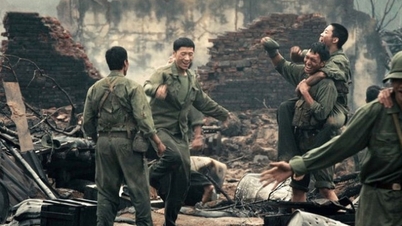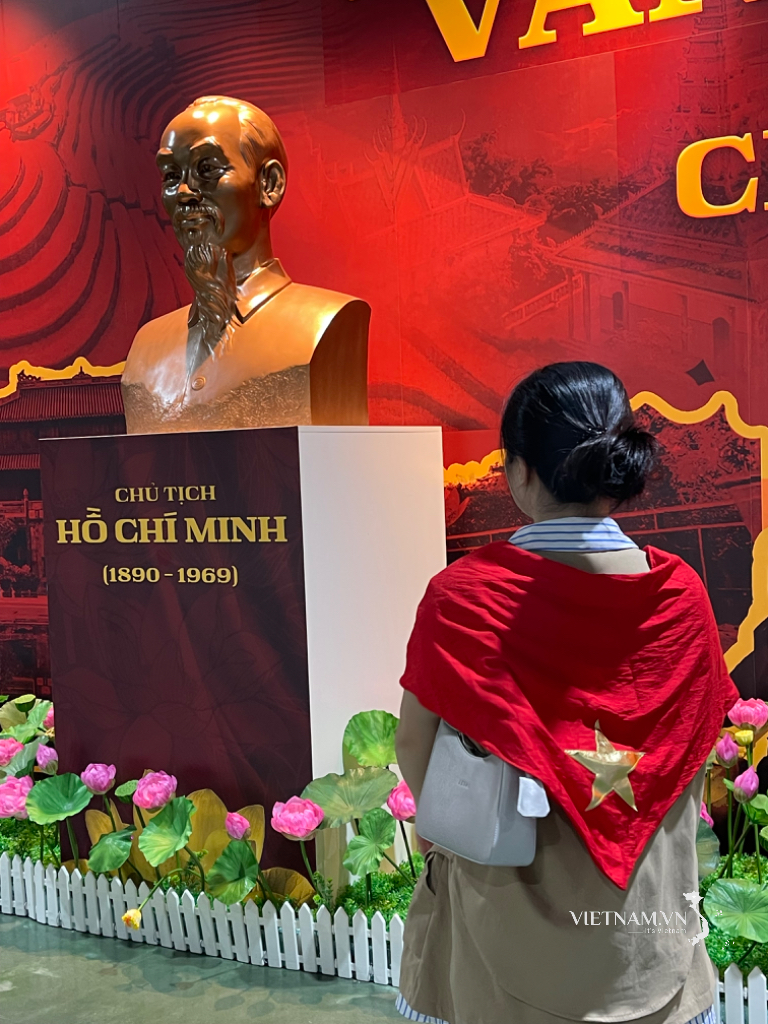
Chess pieces originally came in human form - Photo: screenshot
Chess is known as the "game of kings". This sport is not only a form of intellectual entertainment but also a tool to simulate the art of war and develop strategic thinking. The origin of this game is closely linked to the military history of ancient India.
Army replica
The most widely accepted origin of chess is the game Chaturanga, which originated in India around the 6th century AD. The name Chaturanga means "four units" in Sanskrit, referring to the four main branches of the Indian army at that time: infantry, cavalry, elephants and chariots.
The original pieces were the precursors to pawns, knights, bishops, rooks, and kings - shaped and given movements to accurately simulate these units on the battlefield. Chaturanga's main purpose was to train and develop the skills of "battle formation" and "military command" for the rulers without bloodshed. It quickly became a form of high-class intellectual entertainment for the aristocracy.
Changes to chess pieces
Chess pieces were originally designed to simulate combat units and social orders such as infantry, cavalry, elephants, and kings when the game (called shatranj) was popular in ancient Persia.
It was common to depict human and animal figures at that time, chess was seen as a simulation of battle where players took on the role of kings. However, the shape of the chess pieces began to lose their human form after the 7th century due to the spread of Islam.

In the 12th century, chess sets designed in abstract shapes appeared in Iran - Photo: royalchessmall
In the Islamic tradition, carving statues or simulating human or animal figures is taboo. Therefore, when chess was introduced to the Arab world, the chess pieces were forced to be simplified into abstract shapes such as cylinders, cubes, and small towers, differing only in height and pattern to avoid being considered offensive to religion.
The evidence is that excavated Abbasid period (9th, 10th century) chess sets show extremely simple carved pieces. Chess spread to Europe through the Arabs and initially retained this abstract form.
By the 12th and 13th centuries during the Middle Ages, chess was gradually "Christianized" and Western artisans began to restore human forms (kings, queens, knights, bishops, soldiers), reflecting the feudal and religious society of the time.
These human chess pieces were popular in Europe for centuries. However, an aesthetic revolution and standardization took place in the mid-19th century.
In 1849, in London, England, a design competition to create an international standard chess set selected Nathaniel Cook's design. This set, marketed by the manufacturer as Staunton, completely eliminated real human faces and figures, replacing them with abstract symbols (Horse-headed Knights, Pyramids, and Slit-shaped Pyramids).
The Staunton chess set was later recognized as an international standard by the International Chess Federation (FIDE), officially marking the end of humanoid chess pieces since the mid-19th century.
This change was not only due to religion or aesthetics, but also due to practicality (ease of production, durability, ease of transport) and universality, making chess a neutral, global game, focusing on logic and intelligence.
Source: https://tuoitre.vn/hinh-dang-quan-co-vua-da-bi-truu-tuong-hoa-nhu-the-nao-20251017112813246.htm



![[Photo] Ca Mau "struggling" to cope with the highest tide of the year, forecast to exceed alert level 3](https://vphoto.vietnam.vn/thumb/1200x675/vietnam/resource/IMAGE/2025/11/04/1762235371445_ndo_br_trieu-cuong-2-6486-jpg.webp)
![[Photo] Panorama of the Patriotic Emulation Congress of Nhan Dan Newspaper for the period 2025-2030](https://vphoto.vietnam.vn/thumb/1200x675/vietnam/resource/IMAGE/2025/11/04/1762252775462_ndo_br_dhthiduayeuncbaond-6125-jpg.webp)

![[Photo] Ho Chi Minh City Youth Take Action for a Cleaner Environment](https://vphoto.vietnam.vn/thumb/1200x675/vietnam/resource/IMAGE/2025/11/04/1762233574890_550816358-1108586934787014-6430522970717297480-n-1-jpg.webp)
![[Photo] The road connecting Dong Nai with Ho Chi Minh City is still unfinished after 5 years of construction.](https://vphoto.vietnam.vn/thumb/1200x675/vietnam/resource/IMAGE/2025/11/04/1762241675985_ndo_br_dji-20251104104418-0635-d-resize-1295-jpg.webp)


































































































Comment (0)